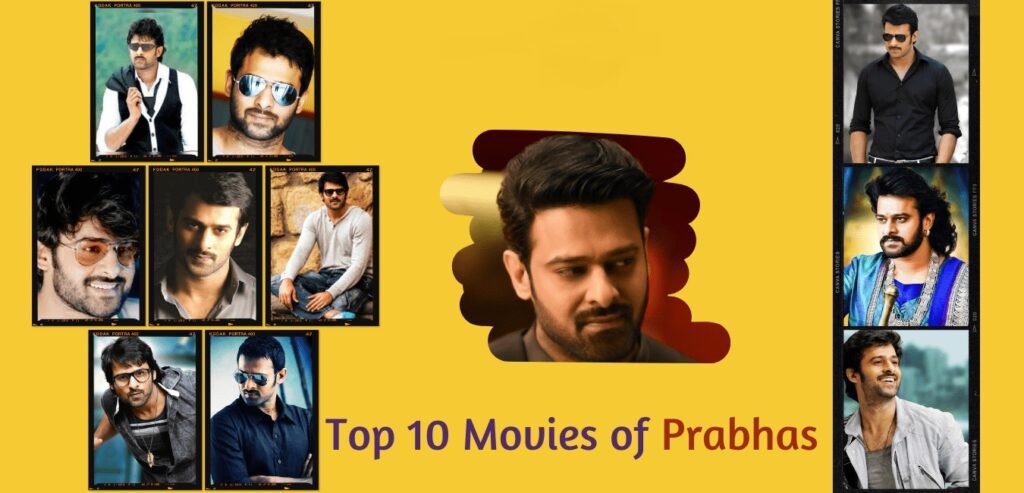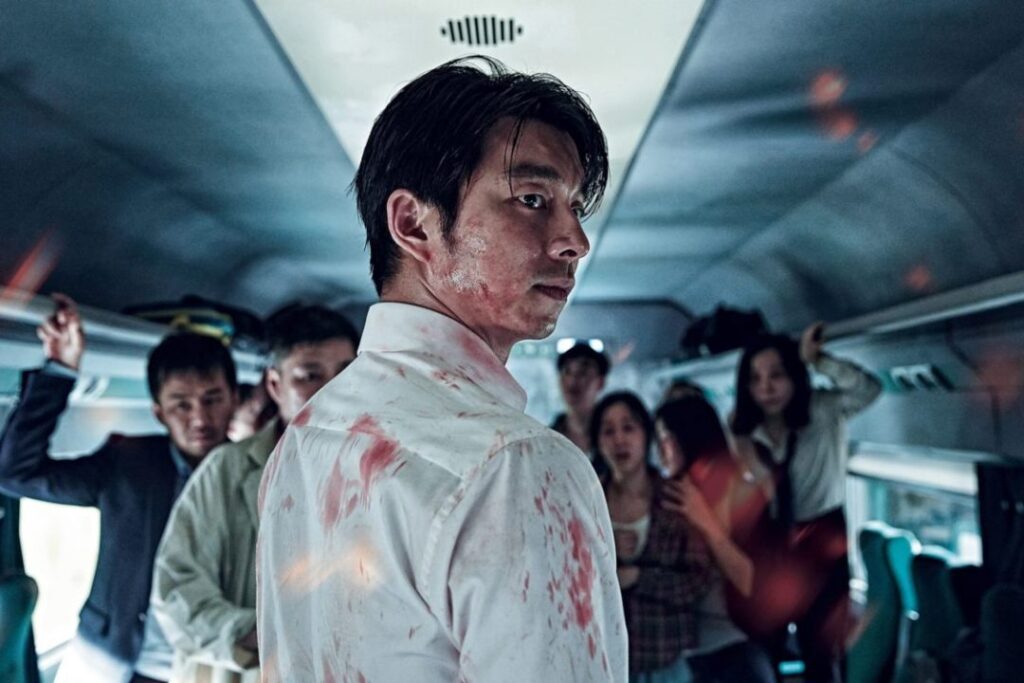Design is a steadily developing type of self-articulation that mirrors the soul and social elements of a specific period. Throughout the long term, the style has seen a heap of changes, taking motivation from different sources, and making a permanent imprint on society. From the flashy and trying styles of the 1920s to the moderate and modern plans of the 2000s, the style has constantly formed and impacted how we dress. Go along with us on an enamoring venture during that time as we investigate the groundbreaking force of style and it’s getting through heritage.
- The Thundering Twenties (1920s):
The 1920s denoted a huge defining moment in design as ladies embraced freedom and resistance to the moderate standards of the past. The flapper style arose, portrayed by dropped waistlines, more limited hemlines, and baggy outlines. Ladies embraced more limited hairdos, flaunting their freshly discovered freedom. The impact of Workmanship Deco should be visible in the mathematical examples and embellishments that enhanced dress and extras during this time.
- The Impressive Thirties (1930s):
The Economic crisis of the early 20s of the 1930s achieved a shift towards more reasonable and down-to-earth design. Predisposition cut outfits, underlining a lady’s bends, became well known, while customized suits with cushioned shoulders ruled men’s style. Hollywood’s fabulousness impacted style during this period, as individuals tried to get away from the cruel real factors of life through the cinema.
- The Impressive Fifties (1950s):
After the gravity of The Second Great War, the 1950s brought a blast of womanliness and polish. Ladies embraced full skirts, secured midriffs, and hourglass outlines, typified by the notorious “New Look” made by Christian Dior. Men’s style turned out to be more cleaned, with suits and fedora caps acquiring notoriety. The impact of rock ‘n’ roll and youth culture started to shape design, with insubordinate styles, for example, calfskin coats and denim doing something worth remembering.
- The Swinging Sixties (1960s):
The 1960s denoted a social insurgency, and design reflected the soul of progress. The mod style arose, described by striking, mathematical examples, smaller than normal skirts, and go boots. The Beatles and other English groups impacted men’s style, with the ascent of the “peacock unrest” and bright, ostentatious outfits. This decade additionally saw the advancement of the gender-neutral style, testing customary orientation standards.
- The Mixed Eighties (1980s):
The 1980s saw a flashy and varied blast of style. Power dressing became famous, with shoulder braces and larger-than-usual coats representing female strengthening in the working environment. Neon tones, spandex, and leg warmers characterized the wellness and vigorous exercise frenzy. Mainstream society symbols like Madonna affected design with their intense and provocative styles, while hip-bounce culture brought streetwear and athletic apparel to the very front.
- The Moderate 2000s:
As we entered the new thousand years, the design took a turn towards moderation and a cutting-edge feel. Clean lines, unbiased tones, and straightforward outlines overwhelmed all kinds of people’s designs. Very good quality creator brands like Calvin Klein and Jil Sander promoted moderate design, while streetwear and athleisure became standard, mirroring a more relaxed and agreeable way to deal with dressing.
- Sustainability has likewise turned into a basic consider style. As familiarity with the natural effect of the business has developed, there has been a flood in supportable and moral style rehearses. Shoppers are presently searching out eco-accommodating materials, reusing, upcycling, and supporting brands that focus on fair exchange and mindful creation processes. The style business is answering by integrating maintainable practices into their plans, advancing circularity, and diminishing waste.
- Moreover, innovation has changed style in manners unbelievably in earlier many years. The ascent of internet business and online entertainment stages has changed how we find and consume style. Internet shopping has made design open to a worldwide crowd, permitting people to investigate a great many styles and buy from global brands effortlessly. Web-based entertainment stages like Instagram and TikTok have become useful assets for style powerhouses, molding patterns, and moving huge numbers of adherents around the world.
- Looking ahead, the eventual fate of design is probably going to be driven by development and the incorporation of innovation. Wearable innovation, for example, shrewd textures and associated embellishments, will mix design with usefulness, upgrading our regular routines. 3D printing might reform how articles of clothing are delivered, taking into account customized and supportable designs on request. Computer-generated reality and expanded reality encounters will give vivid shopping encounters, permitting purchasers to take a stab at dress basically and try different things with various styles easily.
- Fashion patterns during that time have displayed the force of self-articulation and the effect of cultural movements on our fashion decisions. As we push ahead, design will keep on being a powerful power, embracing variety, maintainability, and innovation, while mirroring the consistently developing nature of our reality. It will stay a fine art that engages people to communicate their extraordinary personalities and impacts how we introduce ourselves to the world.
- Additionally, style in the next few decades is probably going to be affected by worldwide occasions, social movements, and the convergence of various imaginative disciplines. As the world turns out to be more interconnected, design has the valuable chance to draw motivation from different societies and customs, coming about in imaginative and combination styles.
- The impacts of environmental change and natural mindfulness will keep on molding style. Maintainable materials, like natural cotton, hemp, and reused textures, will acquire much more unmistakable quality. Architects and brands will focus on zero-squander works, upcycling, and making immortal pieces that endure everyday hardship. The idea of slow style, zeroing in on higher expectations without ever compromising, will build up forward momentum, empowering shoppers to put resources into sturdy and morally made pieces of clothing.
- Gender-liquid and sexually impartial design will keep on testing customary thoughts of manliness and womanliness. The limits among people’s styles will obscure further, with additional fashioners making gender-neutral assortments. Male/female styles, larger than usual outlines, and dismissal of orientation generalizations will turn out to be more predominant, advancing inclusivity and self-articulation.
Conclusion:
Style can amaze to catch the pith of a time and mirror the social movements occurring inside society. From the freeing styles of the 1920s to the modern feel of the 2000s, design has continually developed, impacted by authentic occasions, social developments, and individual inventiveness. As we go on into the future, it is sure that style
Read more – FASHION AND CULTURE: EXPLORING HOW FASHION REFLECTS AND INFLUENCES CULTURAL TRENDS AND TRADITIONS
Read more – The Development of Denim: Following the Set of Experiences and Development of Denim as a Design Staple





